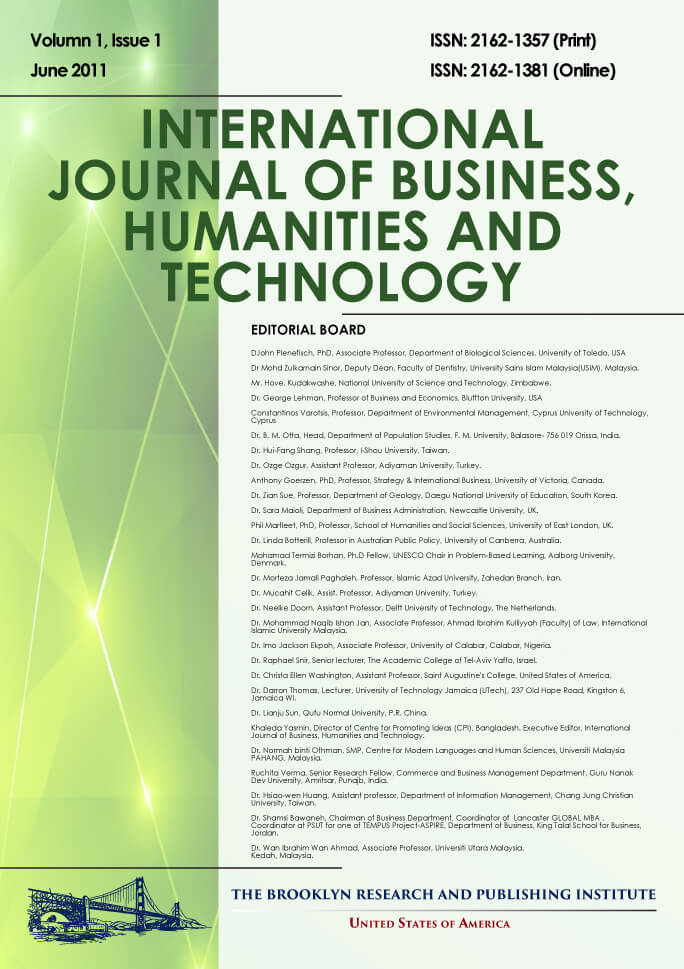European Integration: Historical Aspects and Current Problems
Prof. Gediminas Davulis, Assoc. Prof. Linas Šadžius
Abstract
The article presents the process of European integration from the end of the World War II until the estabilishment of the European Monetary Union, emphasizing the main moments of this process. The assumptions of the integration process are discussed in the article. It is emphasized that both the political and economic reasons were behind the European integration process. The European system of Central banks and principles of its monetary policy are discussed in the article. The international role of Euro, its increasing international weight during the pre-crisis period is analysed. The present situation in the Euro zone, its problems and perspectives of the European Union and a single currency are discussed. The analysis shows that the European Monetary Union and a single currency will have long-term perspectives only if specific radical measures, especially in the spheres of monetary and fiscal policy of European Union, and closer integration between the countries are taken.
Full Text: PDF

The Brooklyn Research and Publishing Institute
442 Lorimer St, Ste D, Brooklyn, NY 11206, United States
© 2025 The Brooklyn Research and Publishing Institute. All rights reserved.

